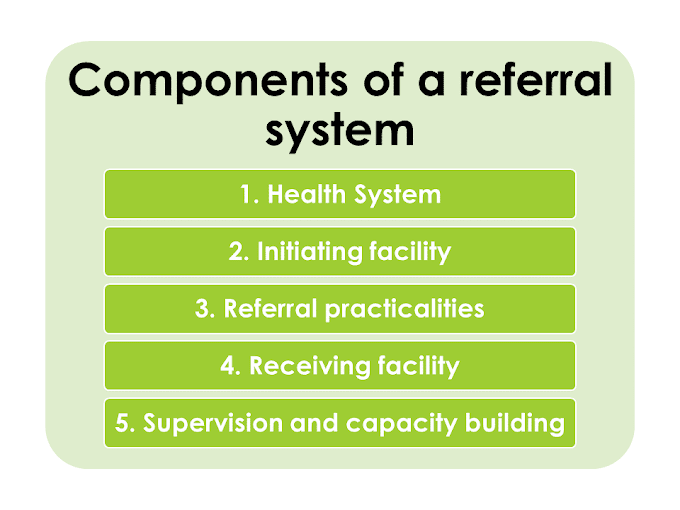The Mid Day Meal Programme is also known as School Lunch Programme. Mid Day Meal Programme in schools has had a long history in India. In 1925, a Mid Day Meal Programme was introduced for disadvantaged children in Madras Municipal Corporation. By the mid 1980s three States viz. Gujrat, Kerala and Tamil Nadu and the UT of Pondicherry had universalized a cooked Mid Day Meal Programme with their own resources for children studying at the primary stage by 1990-91 the number of States implementing the Mid Day Meal Programme with their own resources on a universal or a large scale had increased to twelve states.
The major objective of the programme is to attract more children for admission to schools and retain them so that literacy improvement of children and simultaneously improving nutritional levels among children.
In formulating mid-day meals for children, the following broad principles should be kept in mind:
- The meal should be a supplement and not a substitute to the home diet.
- The meal should supply at least one-third of the total energy requirement, and half of the protein need.
- The cost of the meal should be reasonably low.
- The meal should be such that it can be prepared easily in schools; no complicated cooking process should be involved.
- As far as possible, locally available foods should be used; this will reduce the cost of the meal.
- The menu should be frequently changed to avoid monotony.
Model Menu for a Mid-Day School Meal:
- The National Institute of Nutrition, Hyderabad has prepared model recipes for the preparation of school meals suitable for North and South Indians.
- The National Institute of Nutrition is of the view that the minimum number of feeding days in a year should be 250 to have the desired impact on the children.
- School feeding should not be considered as an end in itself.
The important goals to be accomplished by Mid-day School Meal are:
- Reorientation of eating habits.
- Incorporating nutrition education into curriculum.
- Encouraging the use of local commodities.
- Improving school attendance as well as educational performance.
Mid-day Meal Scheme:
- Central Assistance under the scheme consisted of free supply of food grains @ 100 grams per child per school day, and subsidy for transportation of food grains up to a maximum of Rs 50 per quintal.
- Its objective being universalization of primary education by increasing enrolment, retention and attendance and simultaneously improving nutrition levels of students in primary classes (Classes I-V).
- It was further extended in 2002 to cover not only children in classes I-V of Government, Government aided and local bodies schools, but also children studying in EGS and AIE centres.
- In September 2004 the scheme was revised to provide cooked mid day meal with 300 calories and 8-12 grams of protein to all children studying in classes I-V in Government and aided schools and EGS/AIE centres.
- In October 2007, the scheme has been further revised to cover children in upper primary (classes VI to VIII) initially in 3479 Educationally Backwards Blocks. Around 1.7 crore upper primary children were included by this expansion of the scheme.
- From 2008-09 i.e w. e. f 1st April, 2008, the programme covers all children studying in Government, Local Body and Government-aided primary and upper primary schools and the EGS/AIE centres including Madarsa and Maqtabs supported under SSA of all areas across the country.
- The calorific value of a mid-day meal at upper primary stage has been fixed at a minimum of 700 calories and 20 grams of protein by providing 150 grams of food grains (rice/wheat) per child/school day.







0 Comments